
Robotics and Automation Solutions
Industry 4.0 is the latest buzzword in the manufacturing industry. It’s a way to increase efficiency and productivity by using digital technology to connect machines, processes, people, and data.
Industrial Automation
We undertake Industrial Automation Projects & We provide end-to-end service in the field of Industrial Automation. Including engineering, procurement, installation & Commissioning on a turnkey basis Control systems including PLC, SCADA, and DCS with commissioning assistance Supply of automation products like PLC, HMI, VFD, AC Motors, Soft Starters, etc Services for detailed engineering, retrofitting/revamping and AMS.
We utilize the latest innovations in technology to provide better engineering solutions, which can offer our customers maximum potential for increasing productivity with safety. We have installed and commissioned SCADA, DCS, and redundant systems for various projects. SAPL is a highly professional and fast-growing company.
Radio Shuttle ASRS
The Radio Shuttle ASRS is a semi-automated storage and retrieval system designed for high-density palletized storage in warehouses and distribution centers. It combines the benefits of a radio-controlled shuttle with an advanced racking structure to optimize storage space and streamline operations.
Features
- High Storage Density: Maximizes the use of available warehouse space, supporting both FIFO (First In, First Out) and LIFO (Last In, First Out) workflows.
- Remote Control Operation: Operators use a remote or centralized system to control shuttle operations, minimizing manual intervention.
- Enhanced Safety: Reduces the risk of accidents by limiting forklift movements within the racks.
- Scalability: Modular design supports easy system expansion as business needs grow.
- Durability: Built to withstand heavy loads and continuous operation in demanding environments.
Benefits
- Increased Efficiency: Faster pallet handling and reduced retrieval times.
- Cost Savings: Lower operational costs due to reduced labor and forklift usage.
- Improved Accuracy: Automation ensures consistent inventory management with minimal errors.
- Sustainability: Reduced energy consumption and better utilization of warehouse space.
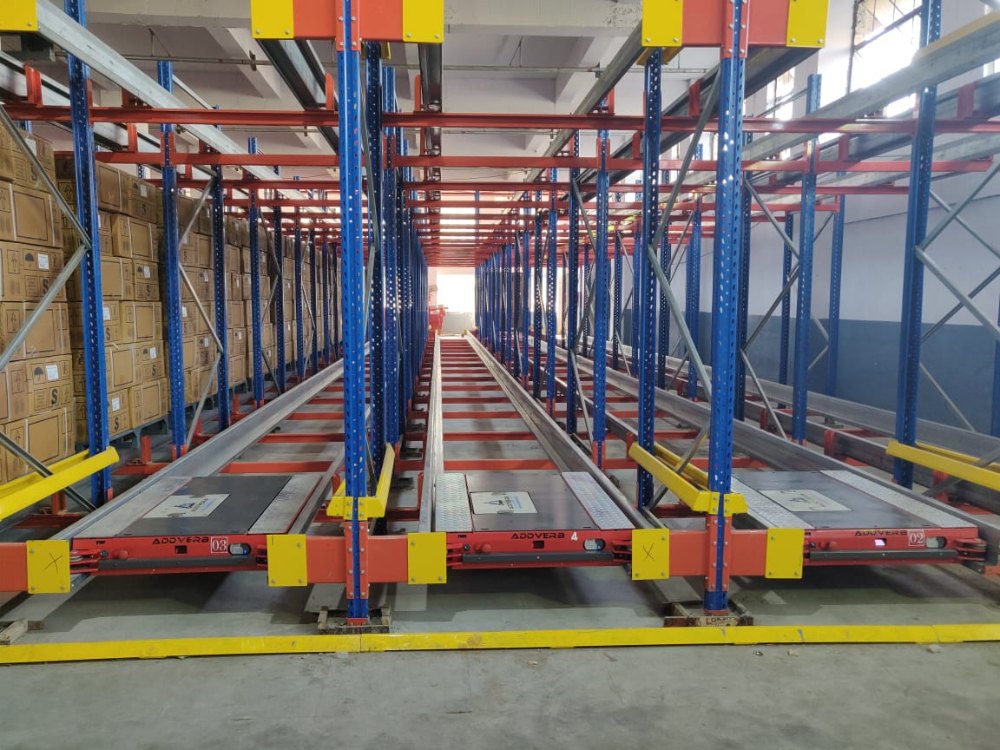
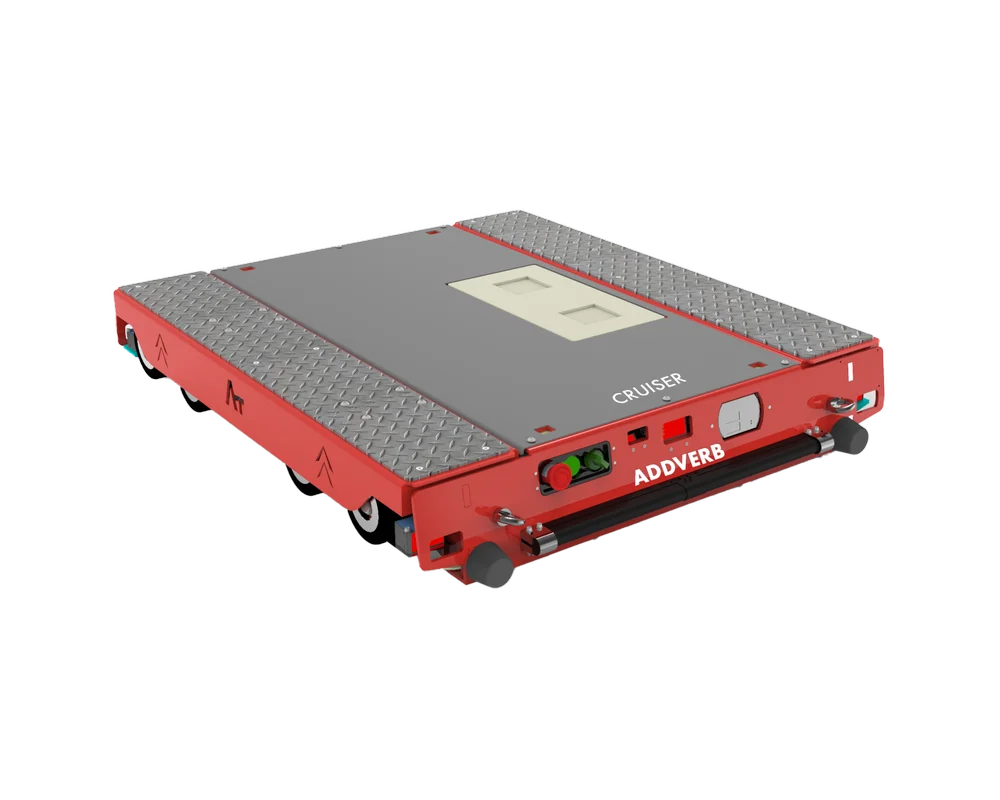
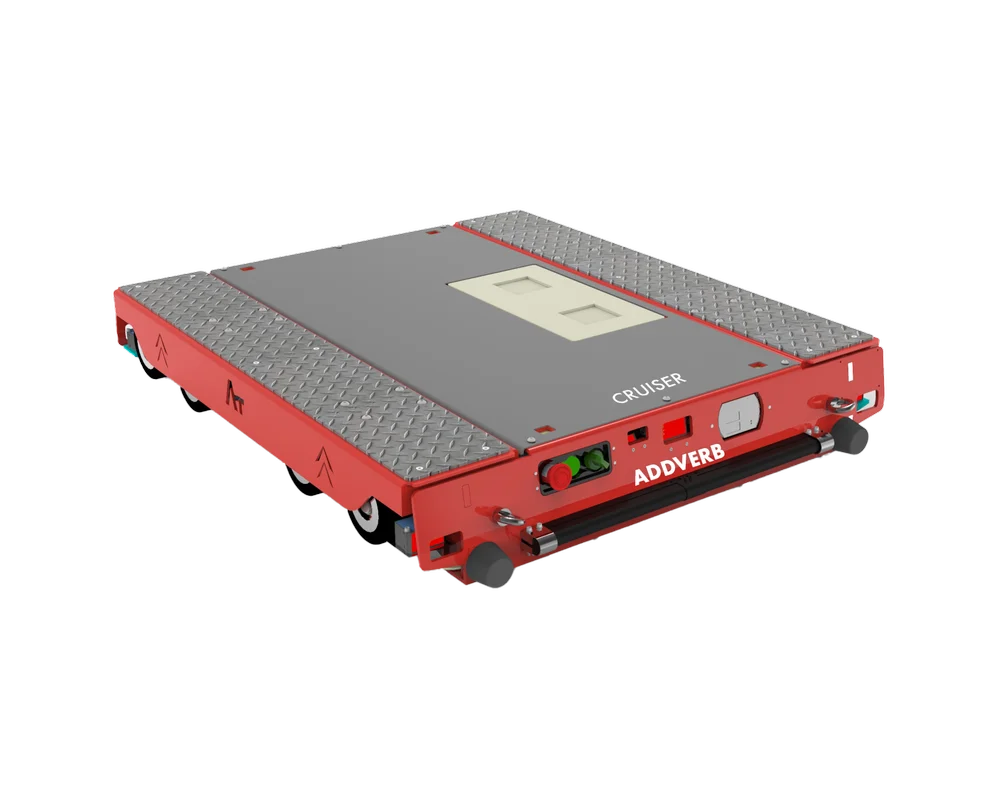
Gantry System
Gantry systems are versatile machines at the centre of industrial automation. Gantry system application has become a must in an array of industries because of the stability, precision, and capability to carry out duties with incredible repeatability.
What are the advantages of a gantry robot?
Industrial gantry robots provide several advantages in industrial automation, and these robotic components become an essential tool for executing some of the more critical activities. Gantry robots, with their multi axis systems, ensure a high precision and consistent and reliable performance through all the industries in which they can be applied.
The adaptability and customisation of gantry robots design make it ideal for different applications and work environments; and its speed and low error rate increases overall productivity and reduces cycle times. Gantry robots not only help the business that decide to use them, thanks to the robot’s scalability which allows for cost-effectiveness and flexibility, but also reduce the risk of work-related injuries for employees
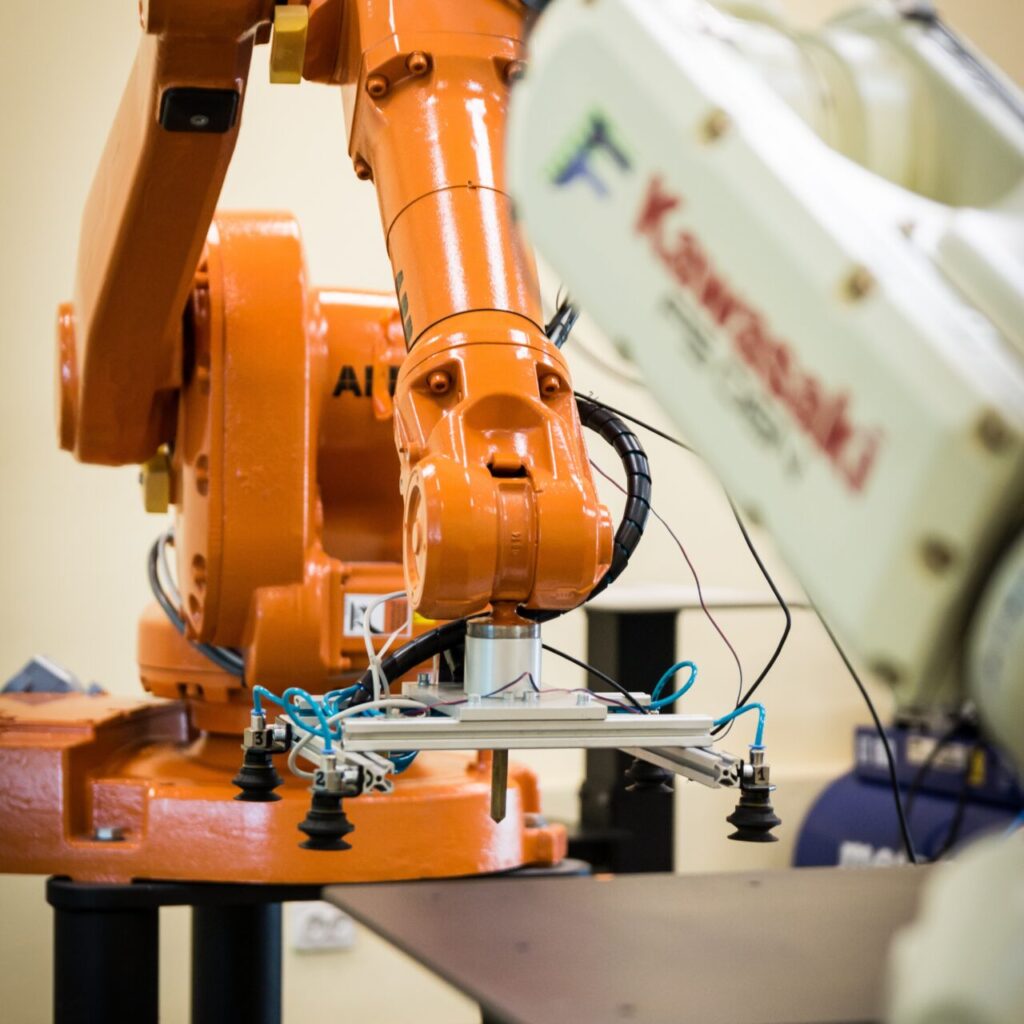
Warehouse Management System Software (WMS)
A Warehouse Management System (WMS) is the backbone of efficient warehouse operations, enabling businesses to manage inventory, streamline workflows, and enhance productivity. Our advanced WMS software is designed to simplify the complexities of warehouse management, ensuring your operations run seamlessly.
Key Features
- Inventory Management: Real-time tracking of stock levels, locations, and movements.
- Order Fulfillment: Streamlined picking, packing, and shipping processes for faster order turnaround.
- Labor Optimization: Assign tasks effectively and monitor employee performance.
- Integration Capabilities: Seamless integration with ERP, CRM, and other business systems.
- Analytics & Reporting: Comprehensive dashboards and reports for data-driven decision-making.
- Scalability: Adapts to your growing business needs, whether you’re managing a single warehouse or multiple locations.
Why Choose Our WMS Software?
- User-Friendly Interface: An easy-to-navigate platform for all skill levels.
- Customizable Solutions: Tailored to meet the unique requirements of your business.
- Reliable Support: Dedicated customer service and technical support.
- Proven Results: Trusted by industry leaders across various sectors.
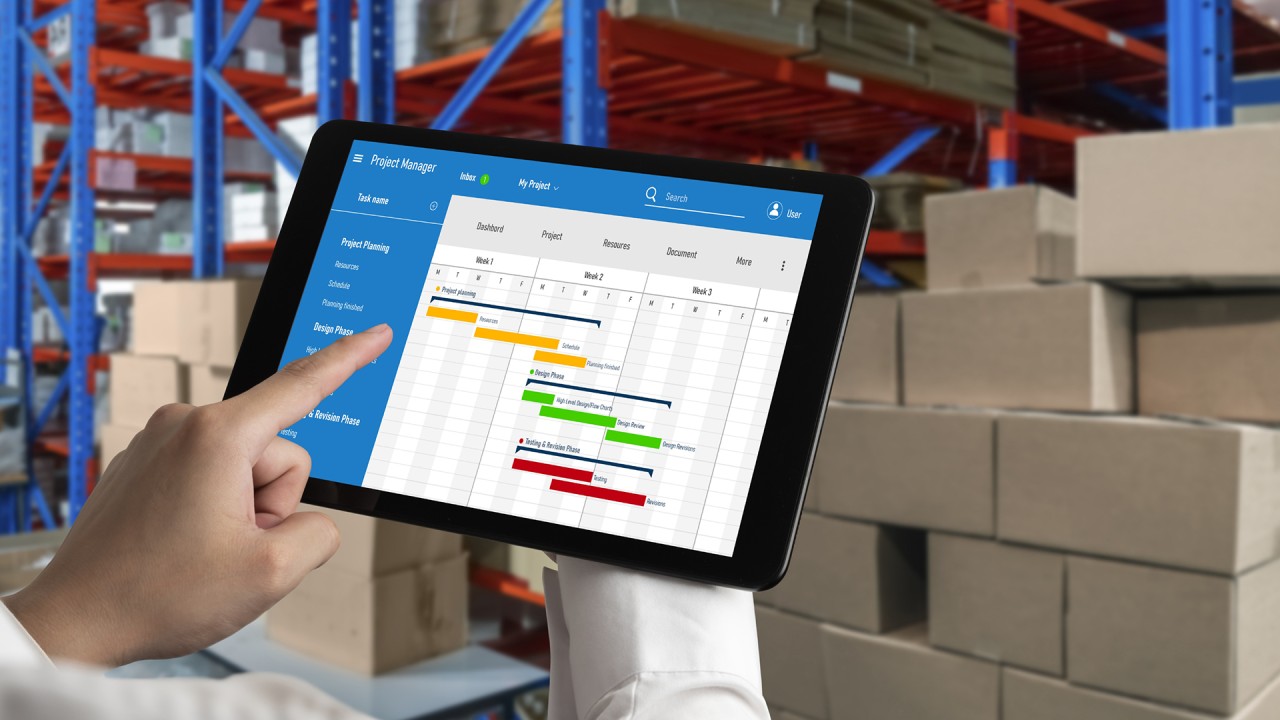

Robotic Automation Solutions
Transform your operations with cutting-edge robotic automation solutions designed to boost efficiency, precision, and scalability across various industries. Our tailored systems cater to a wide range of applications, excluding welding, and are engineered to meet your specific operational needs.
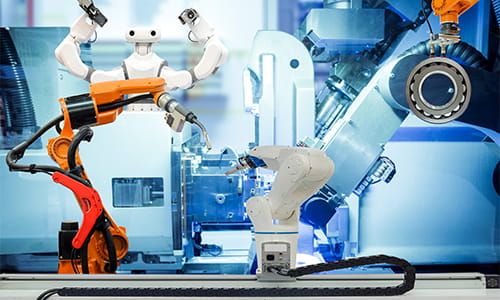
Key Applications of Robotic Automation Solutions
- Material Handling
- Automated movement and positioning of goods to streamline workflow.
- Reduced human intervention minimizes errors and increases speed.
- Perfect for sorting, palletizing, and depalletizing processes.
- Assembly Operations
- High-precision robotic arms ensure consistent assembly of complex components.
- Increased throughput with minimized downtime.
- Pick and Place Operations
- Rapid and accurate picking, sorting, and placement of items.
- Perfect for high-speed production lines, packaging, and e-commerce fulfillment.
- Reduces labor costs and increases productivity.
- Inspection and Quality Control
- Vision-guided robots detect defects with unparalleled accuracy.
- Ensure consistent product quality with automated inspection systems.
- Packaging and Palletizing
- Efficient packaging of products for shipping or storage.
- Versatile solutions for diverse product types and weights.
- Logistics and Warehousing
- Robotic systems for inventory management, sorting, and order picking.
- Reduced operational costs and increased warehouse efficiency.
- Seamlessly integrates with warehouse management systems (WMS).
- Pharmaceutical and Medical Applications
- Sterile handling of delicate medical products and pharmaceuticals.
- Robots assist in precise dosing, sorting, and packaging.
- Ensures compliance with strict regulatory standards.
- Food and Beverage Processing
- Hygienic robotic systems for handling perishable goods.
- Minimizes contamination risks in sensitive environments.
Cranes
Cranes are essential in construction and industrial settings, enabling the efficient lifting and movement of heavy materials. Their integration into projects offers several key benefits
- Enhanced Productivity: Cranes streamline the handling of heavy loads, significantly reducing manual labor and accelerating project timelines.
- Improved Safety: By managing tasks that would be hazardous for workers, cranes help minimize workplace injuries and enhance overall site safety.
Cost Efficiency: Utilizing cranes can lead to reduced labor costs and decreased project durations, resulting in overall cost savings.
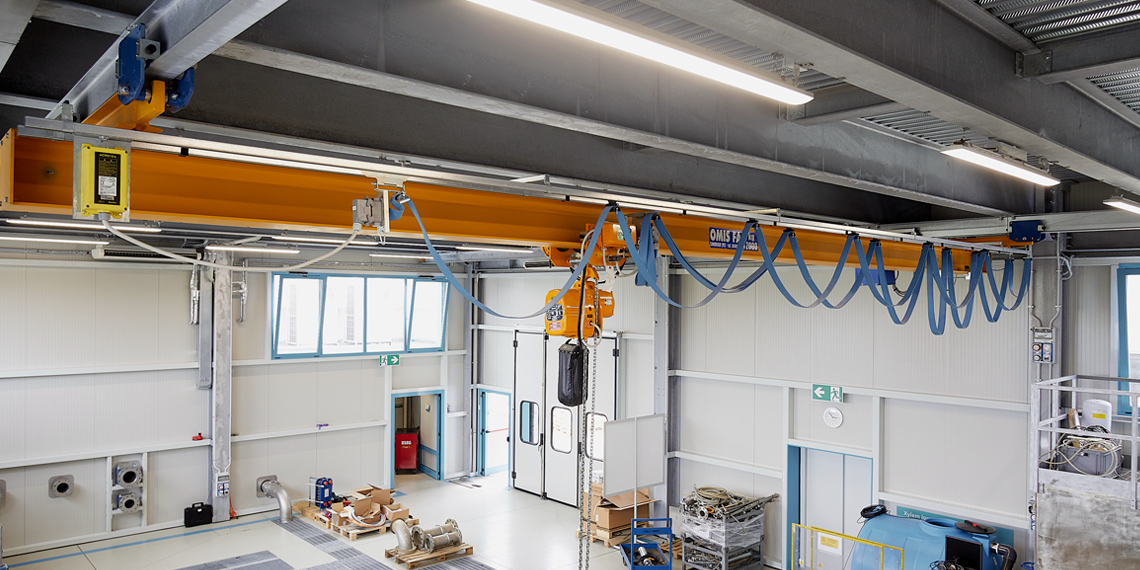
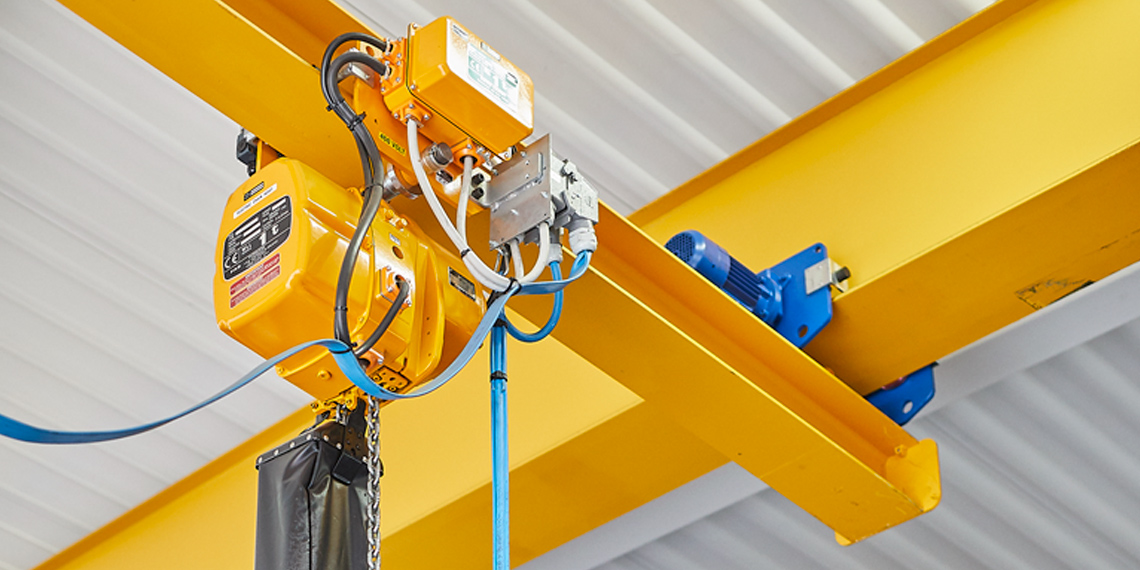
Types of Cranes Commonly Used in the Manufacturing Industry
1. Gantry Cranes
Gantry cranes are versatile cranes with a bridge-like structure supported by freestanding legs, which can move on rails or wheels.
- Frequently used in outdoor manufacturing yards, shipbuilding, and steel mills.
- Ideal for handling large and heavy components.
- Easy to install and relocate.
- Available in full or semi-gantry designs for various applications.
2. Jib Cranes
Jib cranes consist of a horizontal arm (jib) mounted on a wall or floor column. The arm can rotate, allowing materials to be lifted and moved within a defined circular area.
- Commonly used for workstation tasks, assembly lines, and small manufacturing areas.
- Ideal for repetitive lifting tasks.
- Compact and efficient for limited spaces.
- Cost-effective and easy to operate.
3. Overhead Cranes
Overhead cranes, also known as bridge cranes, feature a bridge-like structure mounted on runways that allows horizontal movement. A hoist or trolley moves along the bridge to lift and transport materials.
- Widely used in heavy industries like automotive, steel production, and aerospace manufacturing.
- Suitable for high-capacity lifting and large-span areas.
- High precision and reliability.
- Capable of handling extremely heavy loads.
4. Workstation Cranes
Workstation cranes are lightweight systems designed for repetitive and precise lifting tasks in smaller areas. They are highly customizable and user-friendly.
- Used in assembly, packaging, and light manufacturing processes.
- Ideal for improving ergonomic conditions in the workplace.
- Enhances productivity and worker safety.
- Modular design allows for scalability and flexibility.

